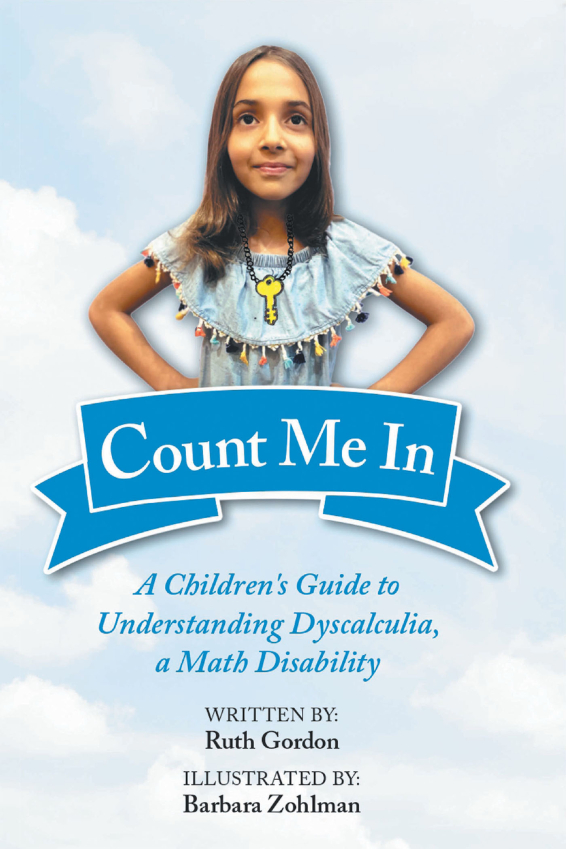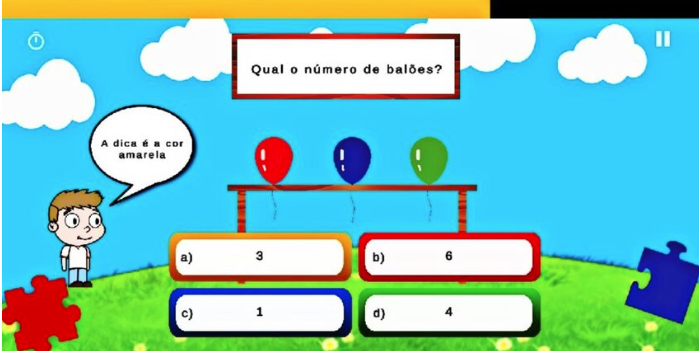In a world where writing was done on tightropes instead of paper, it would have been a tricky business, to say the least! Fortunately, in the real world, there are lines on paper to guide young writers when they’re learning to write. However, like any skill, it takes practice to get it just right.
That’s where a seasoned pencil comes in!
Having witnessed the struggles and triumphs of young writers, this pencil is ready to share its top tips for teaching a child to write on the line. So, parents and teachers, it’s time to grab a pencil and get ready for this wild ride. Let the pencil’s wisdom and expertise be your guide as you help children master the art of writing on the line. After all, with a little practice, anything is possible!
Common challenges for children when learning to write on the line
Learning to write on the line can be a challenging task for young children, especially when they are just starting out. Some common challenges that children face when learning to write on the line include:
- Fine motor skills: Children may struggle with developing the fine motor skills required for writing, which can make it difficult for them to stay within the lines.
- Hand-eye coordination: Writing on the line requires hand-eye coordination and the ability to track movement, which can be challenging for some children.
- Spatial awareness: Children may have difficulty understanding the concept of space and the need to leave enough room between letters and words.
- Lack of focus: Young children can easily become distracted, which can make it challenging for them to focus on the task at hand.
- Pressure control: Applying too much or too little pressure can also make it difficult for children to stay within the lines.
- Visual perceptual skills: Children may have difficulty perceiving the lines on the paper, making it hard for them to write on the line.
Understanding these common challenges can help parents and teachers develop strategies to support children as they learn to write on the line.
Mastering the line: Essential elements for helping children write legibly
Learning to write on the line is an important skill for young children to develop. It not only helps them to write more neatly and legibly but also prepares them for more advanced writing tasks in the future. As a parent or teacher, there are several crucial aspects to consider when helping a child to write on the line.
- Use a consistent writing tool: Consistency is key when helping a child learn to write on the line. It’s important to choose a writing tool that is comfortable for the child to hold and that they can use consistently, such as a pencil or pen with a comfortable grip.
- Practice letter formation: Before children can write on the line, they need to master letter formation. Practicing letter formation through tracing, drawing, or other activities can help children develop the skills they need to write on the line.
- Provide feedback and encouragement: As children learn to write on the line, it’s important to provide feedback and encouragement. Praise their successes and offer constructive feedback when necessary to help them improve.
- Demonstrate proper technique: Children often learn best through observation, so demonstrating proper writing techniques can be a helpful tool. Show them how to hold the writing tool, position their hand and wrist, and move the tool across the paper.
- Use visual cues: Visual cues, such as dotted lines or highlighted paper, can help children understand where to write on the line. Using these cues can be especially helpful for children who struggle with spatial awareness.
By focusing on these key aspects and providing consistent support, children can master the art of writing on the line and develop a strong foundation for lifelong learning.
Write On! creative strategies for helping children master writing on the line
Learning to write on the line is an important skill for young children, but it can be a challenging task. As a parent or teacher, it’s important to have a variety of strategies in your toolkit to help children develop this skill. In this section, we will explore 6 creative strategies for teaching children to write on the line.
- Start with tracing: Tracing letters and words can help children get used to the movements required for writing on the line. It’s important to choose age-appropriate tracing activities that are challenging but not overwhelming. For the same, tracing books, apps, games, and activities can also be used.
- Use lined paper: Lined paper is essential for helping children learn to write on the line. Choose paper with clear, visible lines that are easy to see.
- Model proper technique: Children often learn best through observation, so modeling proper technique is important. Show them how to hold the writing tool, position their hand and wrist, and move the tool across the paper.
- Practice, practice, practice: Consistent practice is key when learning to write on the line. Encourage children to practice regularly and provide feedback to help them improve.
- Make it fun: Learning to write on the line can be challenging, so it’s important to make it fun and engaging. Incorporate games, art activities, and other fun exercises to keep children motivated and interested.
- Use positive reinforcement: Positive reinforcement can be a powerful tool when teaching children to write on the line. Praise their successes and offer constructive feedback to help them improve.
By using these important strategies, parents and teachers can help children master the art of writing on the line and develop a strong foundation for lifelong learning.
Fun and effective activities to help children master writing on the line
Writing on the line can be a challenging skill for children to master, but it’s an essential one for their academic success. Fortunately, there are many fun and effective activities parents and teachers can use to help children improve their writing abilities. By utilizing these activities, parents and teachers can provide children with the tools and practice they need to write legibly on the line and become confident writers.
1. Dot-to-Dot
Who doesn’t love connecting the dots to reveal a hidden picture? Dot-to-dot activities are not only fun, but they also help children develop fine motor skills and hand-eye coordination, making them a great activity to help children learn to write on the line.
Provide the child with a dot-to-dot worksheet or create your own by drawing dots in a specific pattern or shape. Have them use a writing tool to connect the dots, making sure to follow the lines and stay on track. This activity helps the child learn to control their writing tool and stay within the lines.
2. Tracing Shapes and Letters
Tracing shapes and letters is a classic way to introduce children to the world of writing. By tracing along the lines, children can learn the basic shapes and movements required for writing on the line, setting them up for success as they move on to more complex writing tasks.
Provide the child with tracing sheets that have various shapes or letters on them. Have them trace the lines and shapes with a writing tool, making sure to follow the lines and stay on track. This activity helps the child learn the proper movements and coordination required for writing on the line.
3. Write in a Sand Tray
Writing in sand or salt trays can be a fun and tactile way to practice writing on the line. The sensory experience of feeling the grains of sand or salt between their fingers while following the lines with their writing tool can help children engage more deeply with the learning process.

Fill a shallow tray with sand or salt and have the child use their finger or a writing tool to write on the surface, following the lines as they go. You can use a stick, a pencil, or any other writing tool to create lines in the sand or salt. This activity helps the child practice writing on the line while also providing a tactile and sensory experience.
4. Highlighted Paper
Highlighted paper can be a great tool for children who struggle to see the lines on regular paper. The highlighted lines make it easier to see where to write, allowing children to focus on practicing their writing skills and developing muscle memory.
Use paper with highlighted lines and encourage the child to follow the lines with their writing tool. This activity helps the child clearly see where they need to write and practice writing within the lines. You can purchase highlighted paper or create your own by using a highlighter or marker to highlight the lines on regular paper.
Progress monitoring and feedback
Progress monitoring and feedback are critical components of any learning process, including teaching children how to write on the line. Here are some important aspects of progress monitoring and feedback:
- Set goals: Start by setting specific goals for the child to achieve in their writing, such as staying within the lines or writing legibly. This will help you track progress and provide feedback that is tailored to their individual needs.
- Monitor progress: Using monitoring tools, regularly monitor the child’s progress towards their goals, and keep track of their strengths and areas for improvement. This will help you identify what is working well and what needs to be adjusted in their learning process.
- Use formative assessments: Employ formative assessments throughout the learning process to gather ongoing information about the child’s writing skills. These assessments can take the form of observations, quick checks, or short writing samples. Formative assessments provide valuable insights into the child’s progress and allow for timely feedback and instructional adjustments.
- Provide timely and specific feedback: When providing feedback on the child’s writing, be timely and specific. Point out what they are doing well, such as writing neatly within the lines, and offer specific suggestions for improvement, such as practicing letter formation or using a lighter touch while writing. Focus on actionable feedback that guides the child’s next steps and reinforces their progress.
- Offer opportunities for self-reflection: Encourage the child to reflect on their own writing and self-assess their progress. Provide them with tools, such as checklists or rubrics, to help them evaluate their own work. This promotes metacognition and empowers the child to take ownership of their learning. Guide them in setting new goals based on their self-assessment.
Remember, progress monitoring and feedback should be ongoing and tailored to the individual needs of each child. By regularly assessing their progress, providing timely feedback, and involving them in the process, you can support their growth and development in writing on the line effectively.
Conclusion
Learning to write on the line can be a challenging process for children, but with the right tools, activities, and strategies, parents and teachers can make it a fun and engaging learning experience. Choosing the right tools and paper, positioning the paper correctly, and developing fine motor skills are all important aspects of helping children write on the line.
Engaging children in activities like dot-to-dot, tracing shapes and letters, writing in a sand tray, using highlighted paper, and incorporating writing games can help keep them motivated and interested in the learning process. Monitoring progress and providing feedback are also important strategies to ensure children are making progress and receiving the support they need to succeed. By utilizing these techniques, parents and teachers can help children develop the necessary skills to become confident writers who can write legibly on the line.




